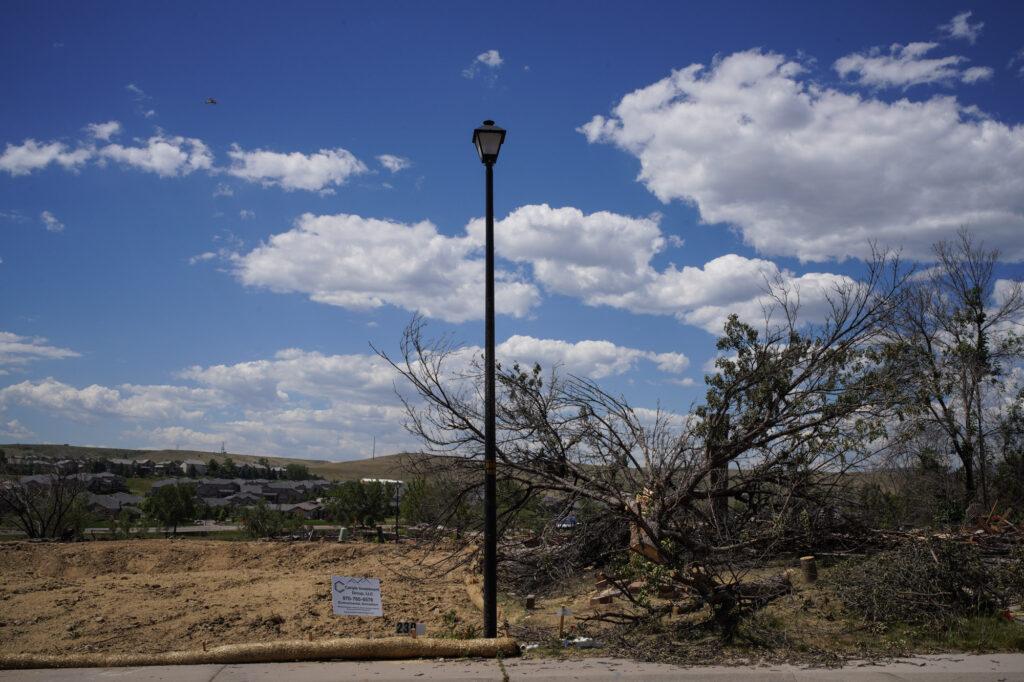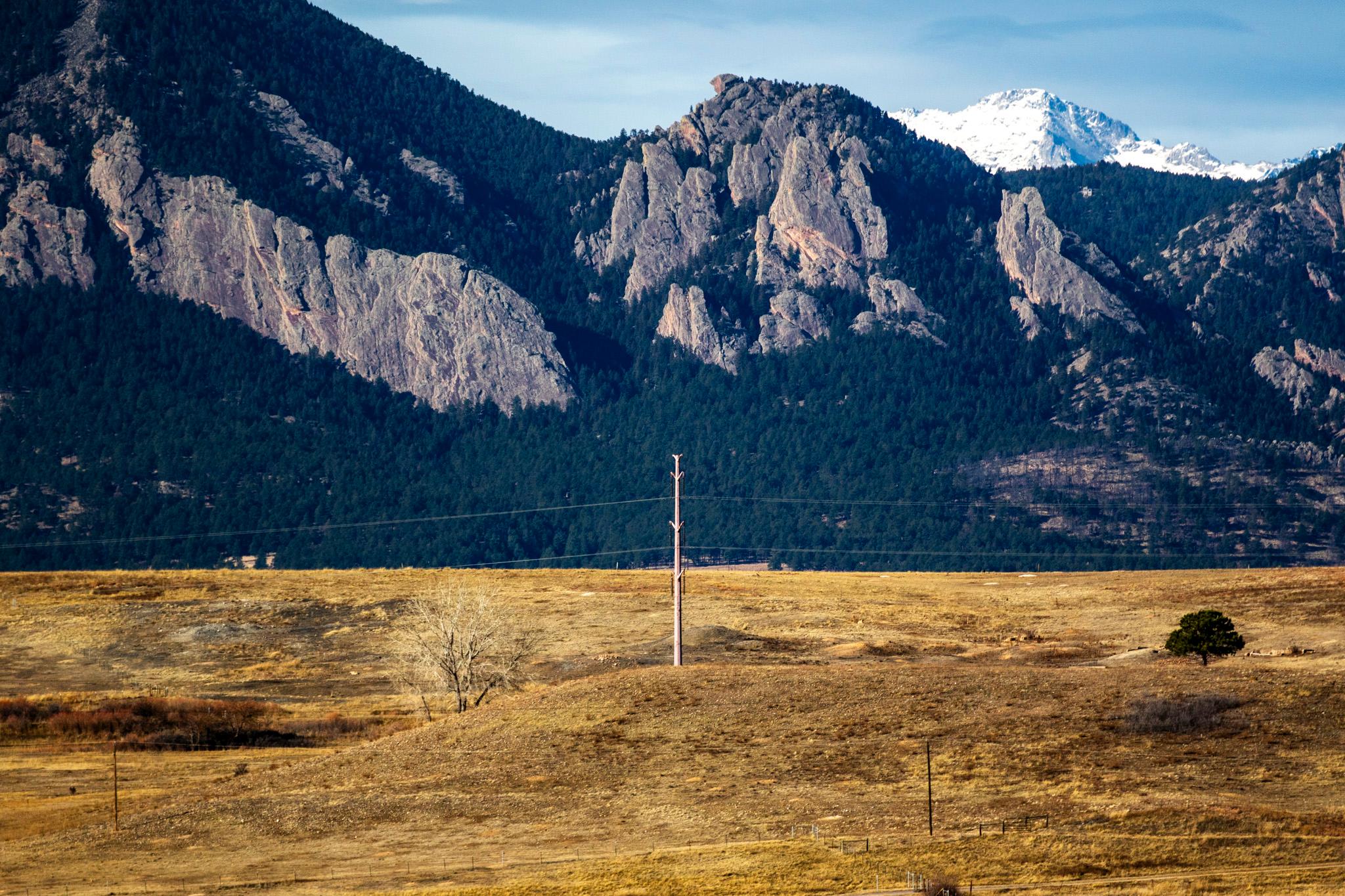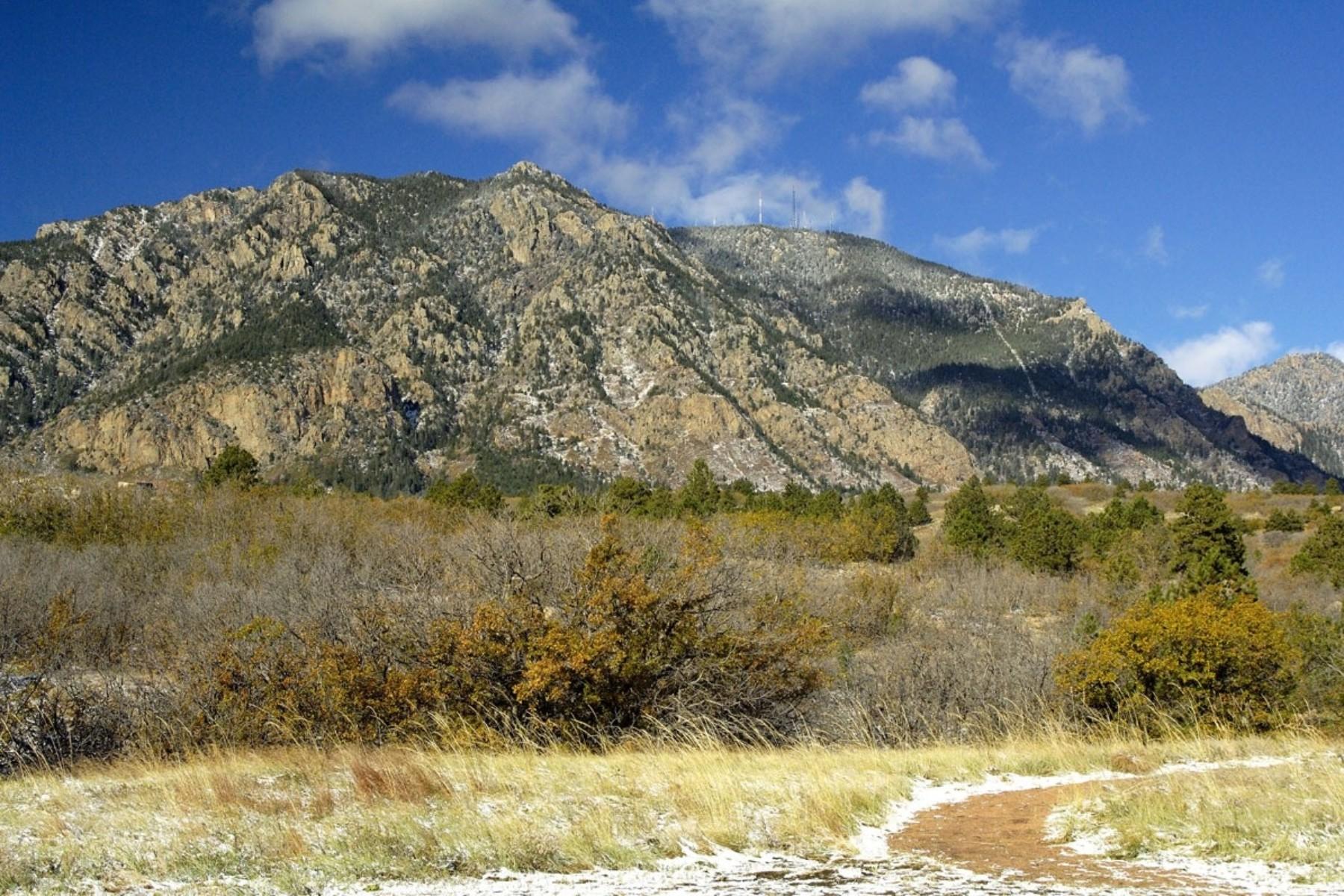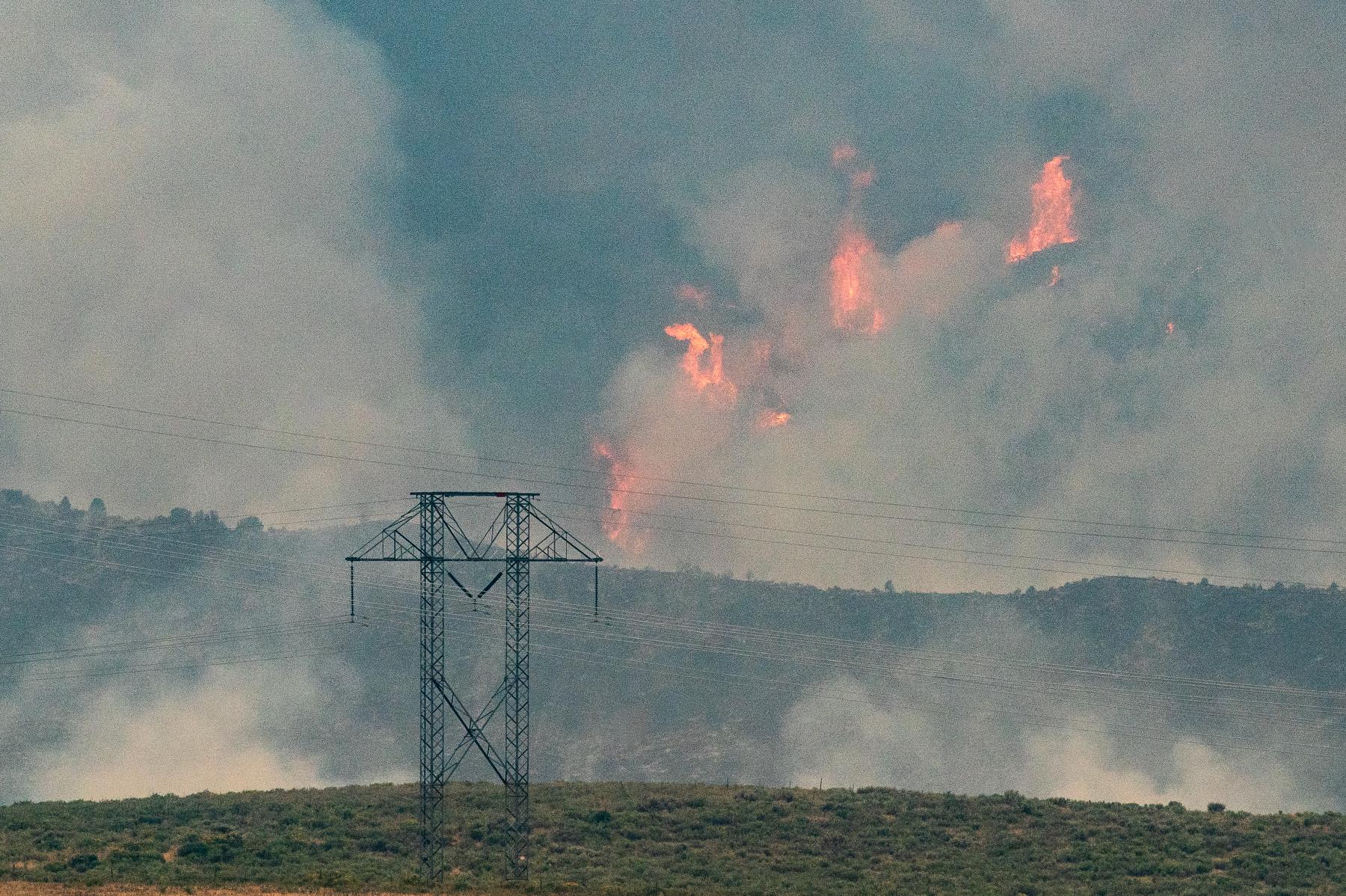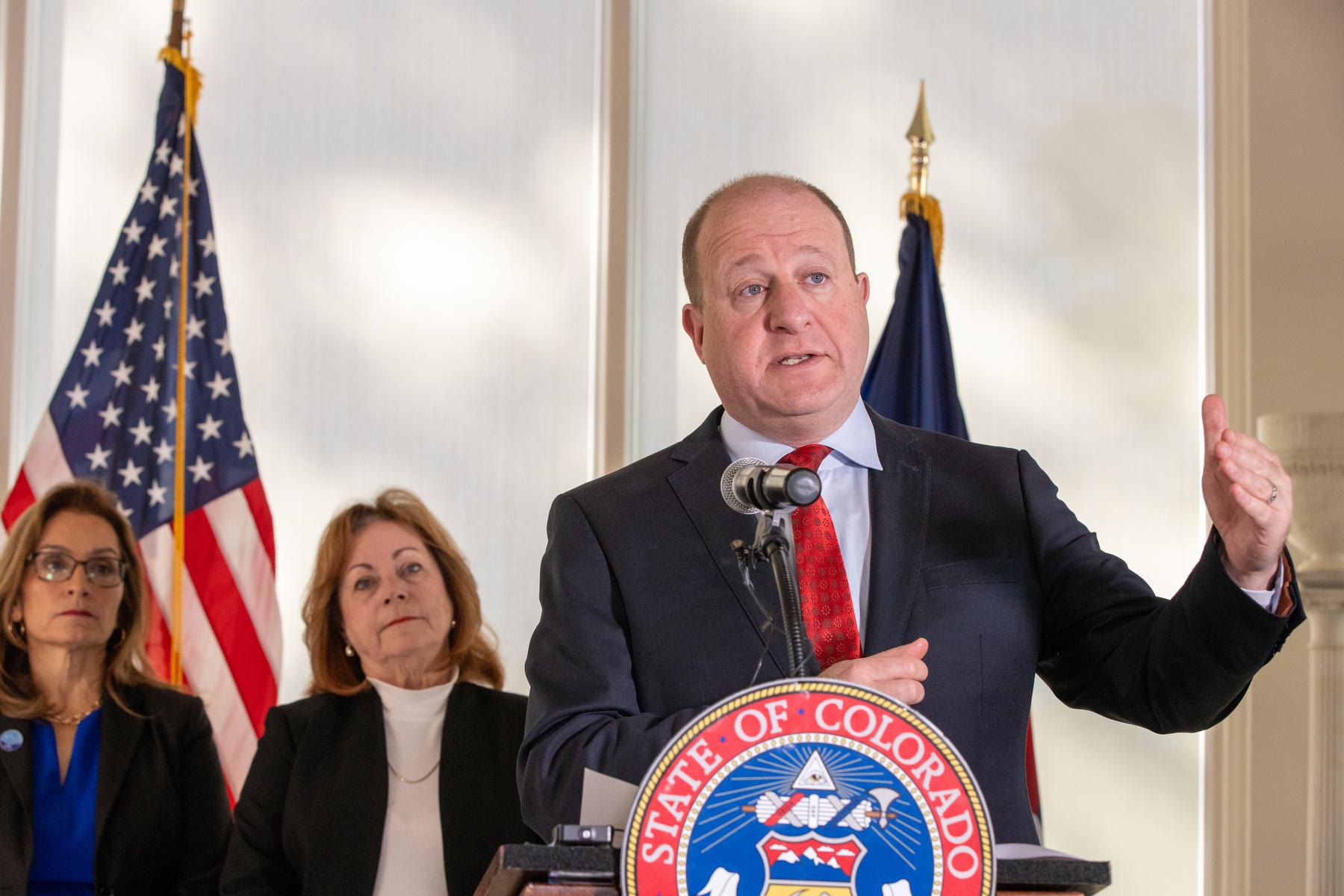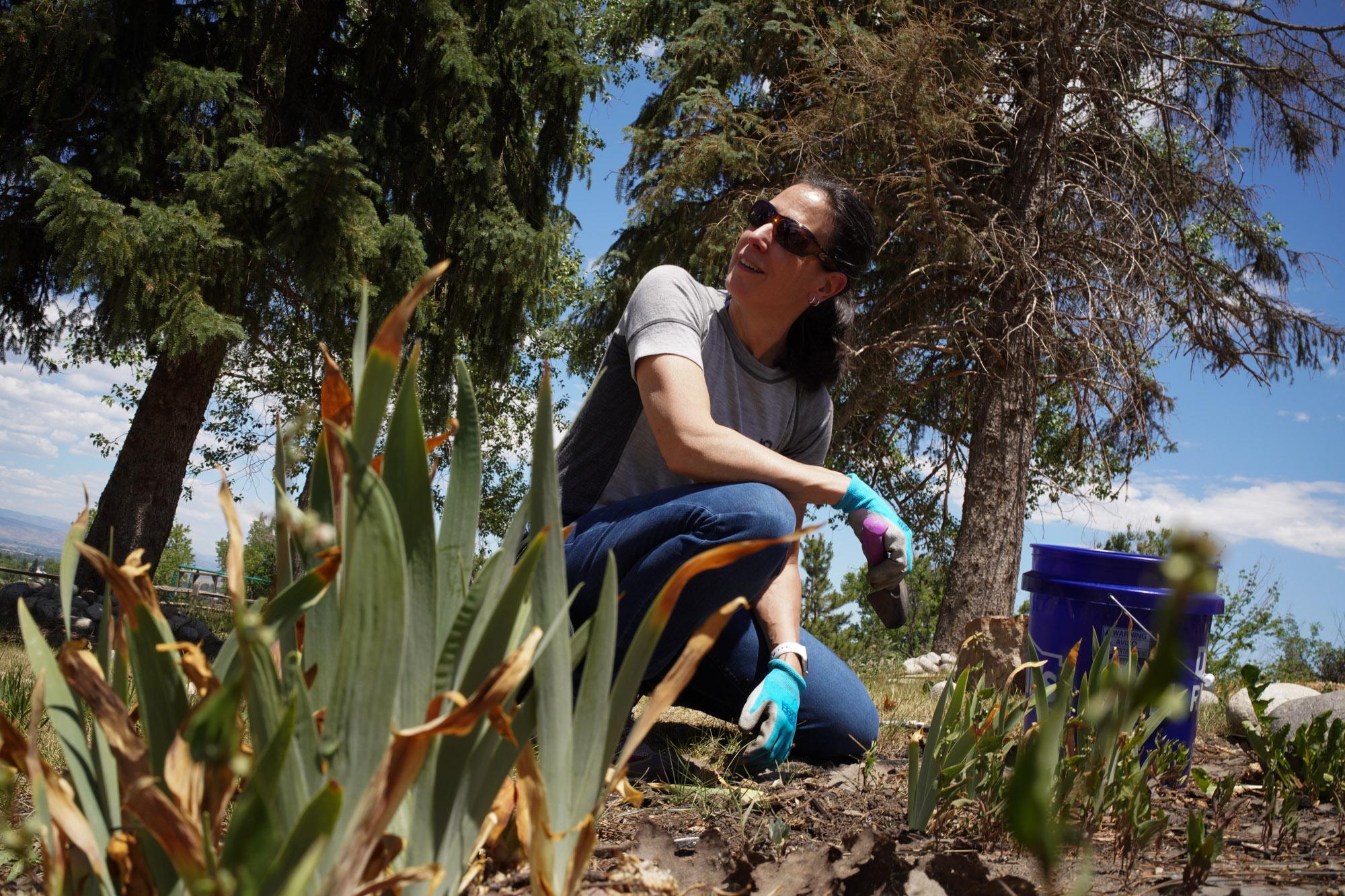
Half a year after the most destructive wildfire in Colorado history, Boulder County communities devastated by the Marshall fire look more and more like construction sites.
On a recent afternoon in Louisville's Harper Lake neighborhood, excavators and massive tractor-trailers worked in tandem to remove any remaining debris. Cleared lots were covered in specialized mulch to smother any toxic dust and ash left by the Dec. 30 fire. At a few sites, "for sale" signs had been placed atop the smoothed dirt near the sidewalks.
Despite the flurry of activity, Garry Sanfaçon, the recovery manager for Boulder County, warned most families affected by the disaster are nowhere close to bouncing back. The Marshall fire destroyed nearly 1,100 commercial and residential properties, but only 11 building permits have been issued in Louisville, Superior and unincorporated parts of Boulder County.
"It's going to take years," Sanfaçon said. "I think that's hard for people to take in, but that's just the reality of the situation."
The disaster has raised further questions about how to rebuild in an era of drought and rapid global warming fueled primarily by the burning of fossil fuels. Louisville and Superior, the two communities hit hardest by the fire, have pared back aggressive green building codes to help residents handle high construction costs and a severe lack of adequate insurance coverage. At the same time, Xcel Energy and the state legislature have offered new incentives to encourage residents to replace lost homes with more efficient, fire-resistant buildings.
To get a sense of the recovery, CPR News interviewed five fire victims about their rebuilding efforts and when they hope to finally head home.
Russ Moore, Louisville, Colo.
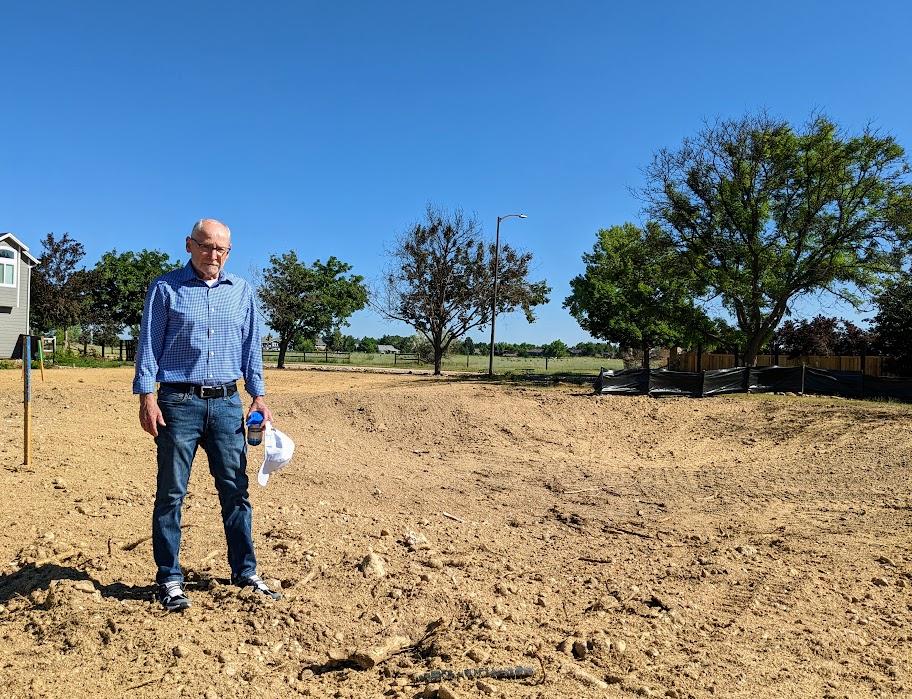
Russ Moore, a provost and executive vice chancellor for the University of Colorado Boulder, feels a sense of hope returning to the Harper Lake neighborhood in Louisville.
His property has been cleared and prepped for construction. A builder and architect are preparing to build a modern home with fewer nooks and crannies to catch fire embers. If all goes to plan, Moore and his wife, Stacy, hope to be moved in by Christmas of 2023.
In the immediate aftermath of the fire, Moore joined a broad movement of residents demanding leniency on Louisville's climate-minded building codes. The city had updated its standards to align with the latest 2021 International Energy Conservation Code, plus additional requirements for electric car chargers and solar panels.
The city council voted to allow fire victims to rebuild to a less strict 2018 code. While Moore thinks that was the right decision, he's currently attempting to build to the stricter code, which opens the possibility of financial incentives from the state and Xcel Energy.
Aside from that one conflict, Moore said the City of Louisville has done a "fantastic job" expediting the rebuilding process. He expects to complete construction far faster than friends in California who also lost homes to wildfires.
Arturo Barrios, Superior, Colo.
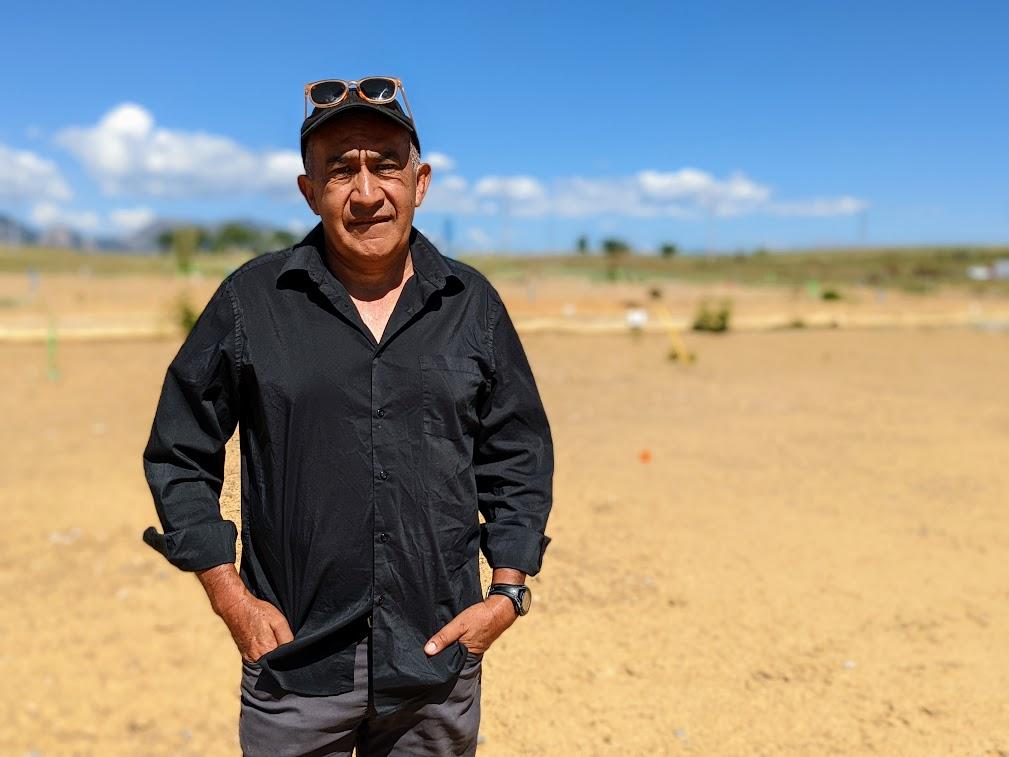
Arturo Barrios wasn't living in a home destroyed by the Marshall fire. He owned a rental property that burned in Superior's Sagamore neighborhood.
Since the disaster, Barrios has been frustrated by the level of relief offered to landlords. He helped his tenants set up a GoFundMe, which raised almost $50,000 to help them secure new housing in nearby Lafayette. Meanwhile, Barrios said he's struggled to find much financial assistance.
"I'm happy for them, but they didn't have a $300,000 loss. I'm the one who's gotten stuck with the bill," Barrios said.
Barrios had homeowners insurance, but he said it doesn't come close to covering the full cost of rebuilding. He decided against selling because it would deprive him of an address in the Boulder Valley School District, where his kids are currently enrolled.
After multiple attempts, Barrios got a loan from the U.S. Small Business Administration to assist his rebuilding effort but said he paid a higher interest rate since he wasn't living at the address. He worries construction won't finish until the summer of 2024.
Kenn Atkinson, Superior, Colo.
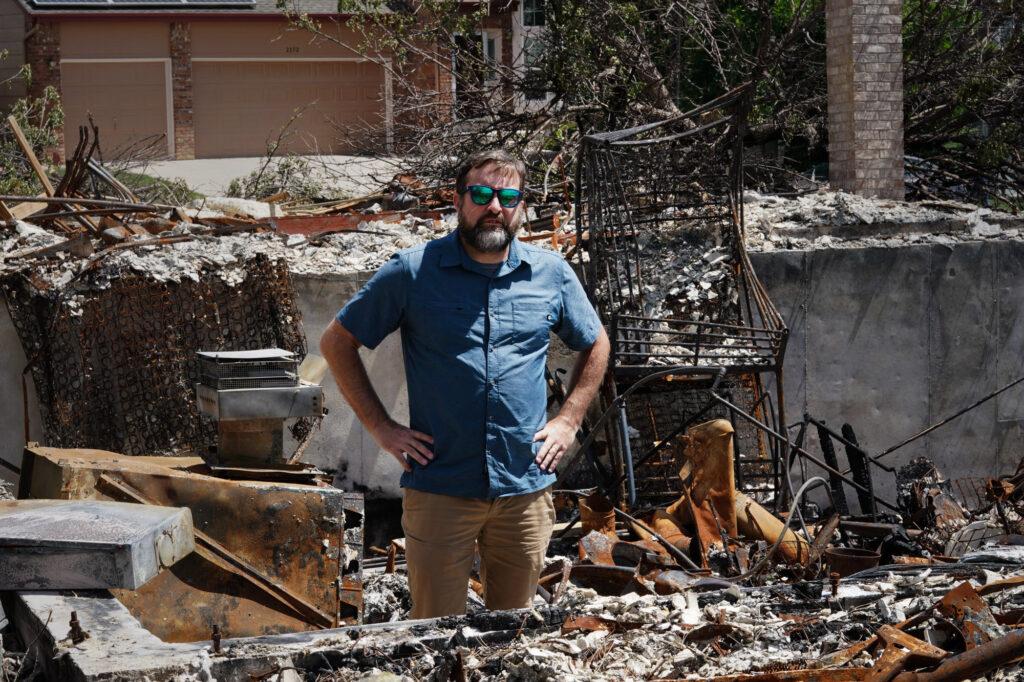
Kenn Atkinson, a project specialist for Denver Public Schools, moved from New Jersey to Superior almost six years ago. Instead of buying a new home, he and his wife found a rental with a price tag of $2,200 a month and plenty of bedrooms for their four kids.
The rent had increased $125 a month by the time the Marshall fire arrived last December. Atkinson said the disaster not only destroyed their home but any hope of finding another affordable rental property in the same community.
At the moment, his family is renting in Broomfield. Atkinson has scoured Superior for alternatives so his kids could be closer to their school and friends but hasn’t found a large enough home inside their price range. That's led to a series of tough conversations with his children, who he said get their hopes up anytime they tour a new house.
"My kids go through another grief each time. You think you can come back to the community you love, where your friends are, but it just doesn't happen," Atkinson said.
While Atkinson has been amazed at the generosity offered to fire victims, he said it's time to reconsider whether the government should prohibit landlords from charging market-based rents in the aftermath of a disaster. He expects the practice will displace many low to middle-income renters.
Don Ringle, Louisville, Colo.
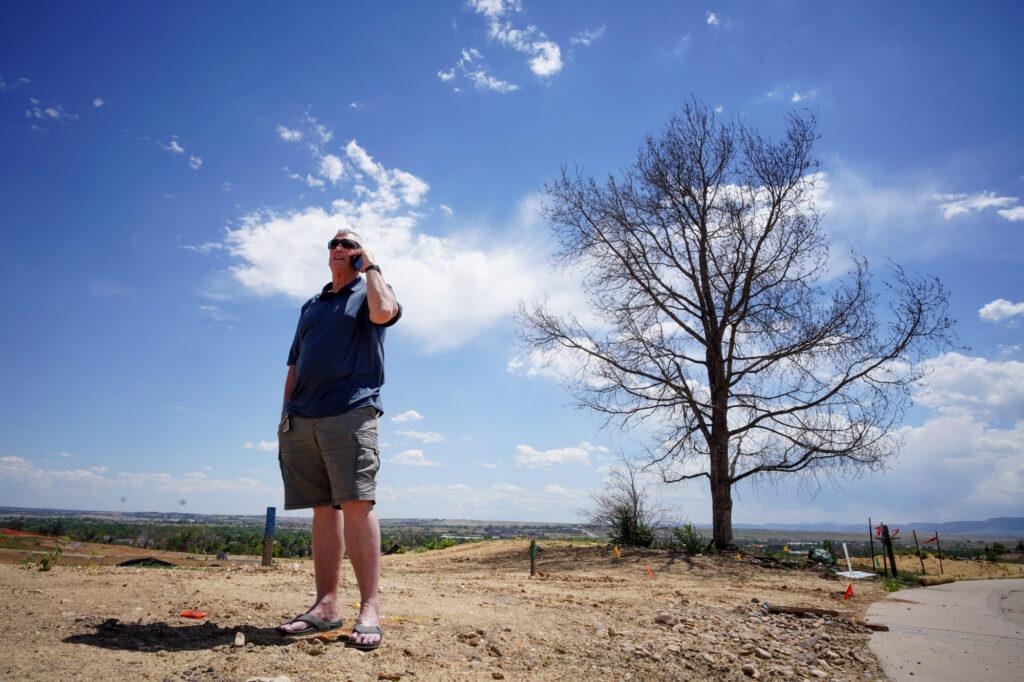
Don Ringle said his wife first had the thought to move months before the Marshall fire hit.
After living in Louisville's Harper Lake neighborhood for more than 30 years, they'd grown frustrated with Colorado's shift toward progressive politics. About a month before the disaster, they purchased land outside of Provo, Utah, and started making plans to build a new home. "We wanted to go from a blue state to a red state, to be candid," Ringle said.
The fire ended up destroying the house and accelerating the plans to move. Ringle said the subsequent debate over Louisville's green building codes confirmed his decision to leave the community. He couldn't believe the city council would even consider building standards that could further increase costs for fire victims.
Debbie Follenweider, Boulder County, Colo.
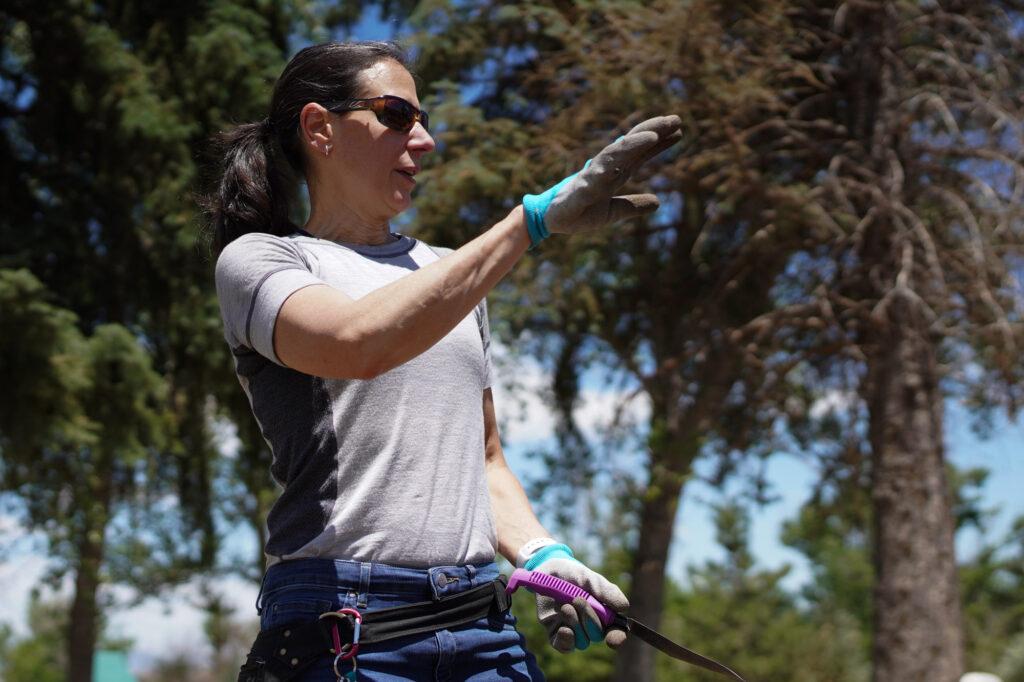
Debbie Follenweider brought a bucket and shovel to a recent visit to her former home in unincorporated Boulder County.
Irises had popped up from beneath a burnt scrap of weed fabric. Follenweider, a committed gardener, dug up the flowers, hoping to keep them alive until her family finished rebuilding a home on the site in the next couple of years. She hopes to replant them once construction is complete. "It will be a 'welcome home' for the irises and for us," Follenweider said.
While Boulder County communities debate energy codes, Follenweider voluntarily decided to rebuild to stringent "passive house" standards. The European building technique requires super-thick walls, an airtight building and windows positioned to soak up the sun to minimize energy use.
Since they're usually built with simple, flat surfaces, passive homes also tend to have fewer nooks and crannies to catch flames or embers in a wildfire.
"I want the most energy-efficient, fireproof home I can have. It wasn't a hard decision for us," Follenweider said.
Passive homes tend to be more expensive than conventional homes, but Xcel Energy has offered a $37,500 incentive to help Marhsall fire victims offset the cost. Follenweider is looking forward to taking advantage of the rebate — and someday filling her new home with dozens of house plants.
